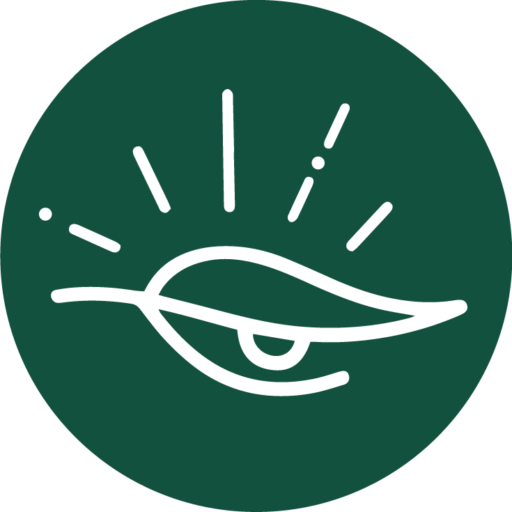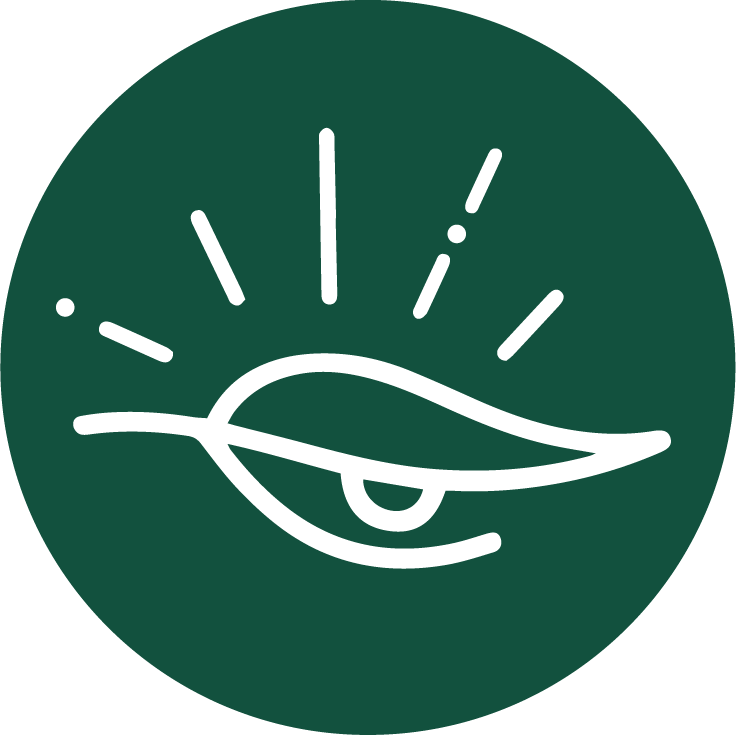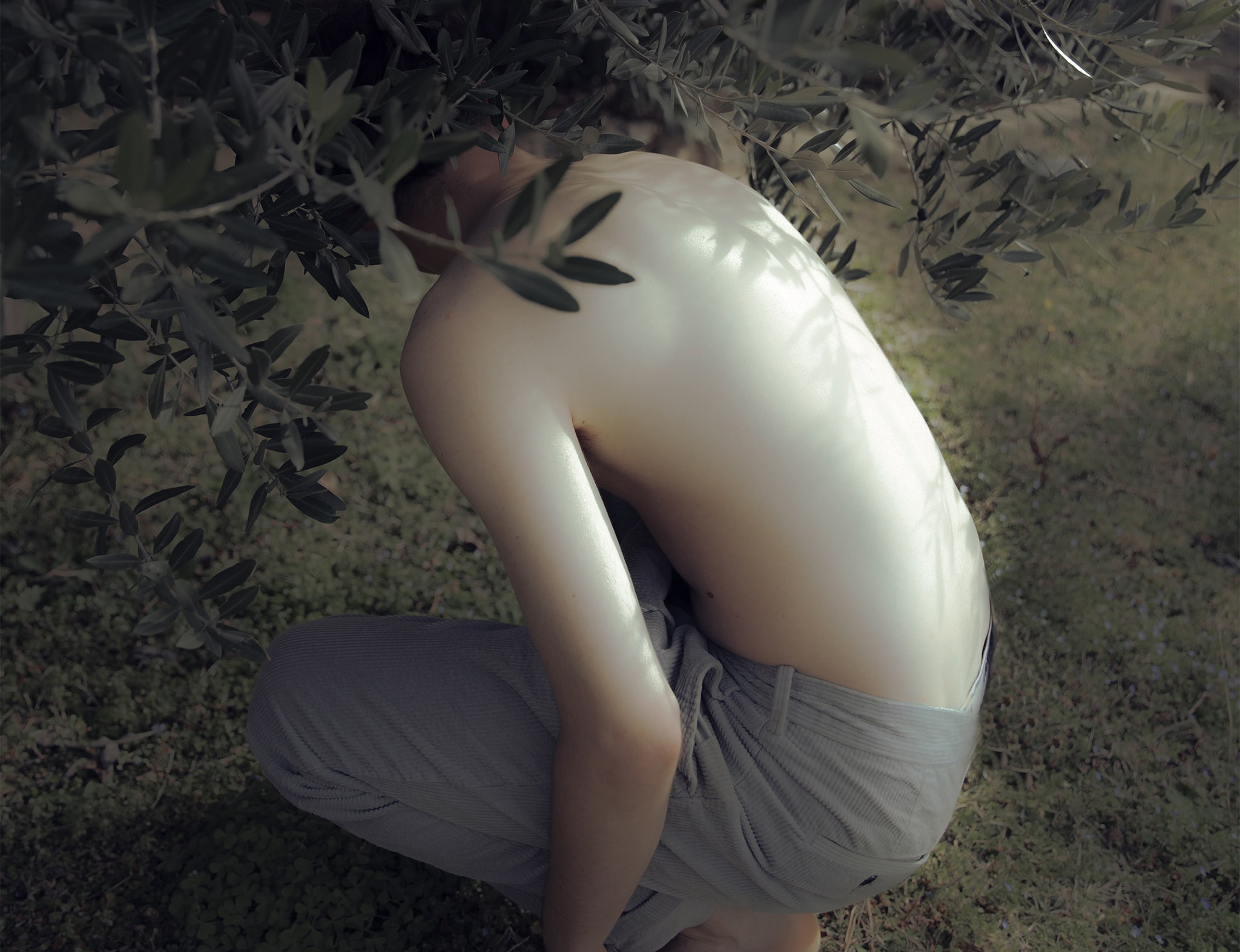
We are made of the relationships, from body to bones and mind to memory; each cell in our being is inseparable from the rhythms of Earth. Individuals are “indivisible” from the whole, as the origin of this word comes from the Latin individuus, from in “not” + dividuus “divisible”.
Symbiosis is complicated; and all relationships have different dynamics of give and take. But beyond competition, parasitism, predation, and commensalism, the most common type of relationship in nature is mutualism, where both organisms benefit from each other; perhaps this is a sign that existence is easier and more meaningful when shared in service of the others.
Even when the separation and supremacy have parasitised our human intellectual abilities, our body is only partly human. 43% of our body is made of human cells and the rest is microscopic communities from bacteria, viruses, fungi and archaea that are essential for our survival. From our gut to our skin, these microbiomes sustain our inner ecosystems; as we host them in our nutrition-rich body, they reciprocate by regulating our immune system and creating vital vitamins. This kind of research makes the scientists question, ‘what it mean to be human?’ which is also a philosophical and ecological question that calls us to reconsider our place in nature.
In the sub saharan africa, the honeyguide calls to humans. The honey collectors have long communicated with these birds, reading cues from calls to fluttering. These birds guide humans to the hive, and humans reciprocate by sharing the honey with the birds, a gift in return. In his book “The Call of the Honeyguide” Biologist Rob Dunn plays with the imagination of readers, making them wonder what species are still calling to us; from the birds to the fruits of the tree, nature is communicating with us. And he believes humans are the most mutualistic of animals.
But beyond human and more-than-human relations, life continually reciprocates with life. On the sea floor, the pistol shrimp digs a hole to shelter a goby fish. They remain in physical contact with the shrimp resting its antenna on the goby. When the fish spots the predators, it shares chemical cues, signalling the shrimp to hide. Perhaps, we too can be saved and sheltered only if we hold on to each other.
Most species won’t come close to the stinging tentacles of Anemones but the vibrant clownfish is immune to this sting. Clownfish live in these anemones, circulating water, providing nourishment and chasing predators near their host. The anemones with clownfish grow faster and have a lower mortality. Perhaps we too could thrive with vitality if we lived in connection.
Oxpeckers spend their lives feasting on the parasites of mammal bodies; for them it is also a time to socialise. Food brings them together, and as they pick blood-sucking flies and ticks, keeping them in control, when a danger approaches, these experts will warn the shortsighted mammal to stay alert. Perhaps, in unity there is strength, whether it is from nutrition or protection.
Yet all these relations exist within one sacred bond: our relationship with the Earth. I’m not sure how to define our current symbiotic dynamic with this living body. We might question whether we can ever truly give back to the Earth but the climate crisis reminds us that we must shift from parasitic and predatory systems. Instead of poisoning the water that quenches our thirst, cutting the trees that give us breath, and chasing endless desires driven by capitalism that harm body, mind, and Earth alike, we can learn to live in mutualism. And perhaps, there always have been signs, all around us, calling us home to ourselves, to nature, and to the indivisible web of life.




